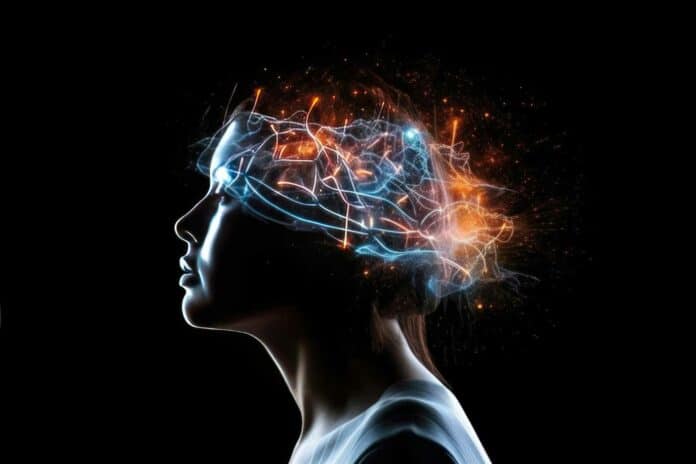A study with mice suggests that memory loss from repeated head impacts, like those in athletes, might be reversible. The research shows that amnesia and poor memory after head injury are linked to insufficient reactivation of memory-forming neurons.
Notably, the memory loss isn’t permanent and can be reversed, allowing for the clinical reversal of cognitive impairment caused by head impacts. Georgetown researchers had previously found that repeated head impacts alter brain synapses, affecting memory formation.
This study successfully triggered mice to recall forgotten memories due to head impacts.
This research offers hope that scientists can treatments to return the head-impact brain to its normal condition and recover cognitive function in humans that have poor memory caused by repeated head impacts.
In the recent study, scientists trained two groups of mice to form a new memory using a test they had never experienced. One group was subjected to a high frequency of mild head impacts for a week (similar to contact sport exposure in people), while the other group, the controls, did not receive any impacts. The mice that experienced head impacts could not recall the new memory a week later.
Most previous research focused on human brains with chronic traumatic encephalopathy (CTE), a degenerative brain disease linked to repetitive head impacts. In contrast, this new study aimed to explore how the brain responds to low-level head impacts, similar to those regularly experienced by many young football players.
Researchers discovered that, on average, college football players experience 21 head impacts per week, with defensive ends encountering 41 head impacts weekly. In this study, the number of head impacts on mice aimed to simulate a week of exposure for a college football player. Each head impact was extremely mild.
Genetically modified mice enabled the researchers to observe the neurons responsible for learning new memories. Interestingly, these memory neurons (the “memory engram”) were equally present in both the control and experimental mice that experienced head impacts.
To understand the physiology underlying these memory changes, the study’s first author, Daniel P. Chapman, Ph., said, “We are good at associating memories with places, and that’s because being in a place or seeing a photo of a place, causes a reactivation of our memory engrams. This is why we examined the engram neurons to look for the specific signature of an activated neuron. When the mice see the room where they first learned the memory, the control mice can activate their memory engram, but the head impact mice were not. This is what was causing the amnesia.”
“We were able to reverse the amnesia to allow the mice to remember the lost memory using lasers to activate the engram cells. We used an invasive technique to reverse memory loss in our mice, and unfortunately, this is not translatable to humans. We are currently studying several noninvasive techniques to try to communicate to the brain that it is no longer in danger and to open a window of plasticity that can reset the brain to its former state.”
Journal Reference:
- Daniel P. Chapman, Sarah D. Power, Stefano Vicini, Tomás J. Ryan, and Mark P. Burns. Amnesia after repeated head impact is caused by impaired synaptic plasticity in the memory engram. Journal of Neuroscience. DOI: 10.1523/JNEUROSCI.1560-23.2024
